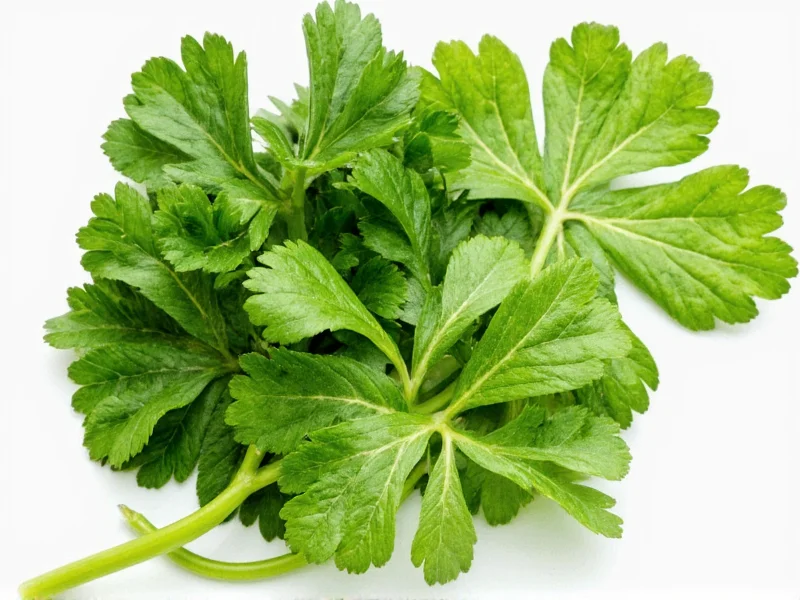Understanding the coriander vs cilantro distinction prevents confusion in recipes and grocery shopping. This common point of culinary contention stems from linguistic differences rather than botanical ones. The entire Coriandrum sativum plant offers versatile flavors, with each part serving unique purposes in global cuisines.
Botanical Background of Coriandrum sativum
The coriander plant (Coriandrum sativum) belongs to the Apiaceae family, which includes parsley, carrots, and celery. All parts of this annual herb are edible, but the fresh leaves and mature seeds possess distinctly different flavor profiles and culinary applications. The plant grows to about 50 cm tall, with slender stems, triangular leaves, and small white or pink flowers that develop into spherical seeds.
Regional Terminology Explained
The coriander vs cilantro naming confusion exists purely as a language convention:
- American English: “Cilantro” = fresh leaves, “Coriander” = dried seeds
- British English: “Coriander” = both leaves and seeds (sometimes “Chinese parsley” for leaves)
- Indian English: “Dhania” = fresh leaves, “Coriander seeds” = dried seeds
- Spanish: “Cilantro” = fresh leaves, “Coriandros” = seeds
This linguistic variation explains why recipes from different regions might use seemingly contradictory terms for the same ingredient. When exploring international recipes, recognizing these terminology differences prevents recipe mishaps related to coriander vs cilantro usage.
Flavor Profiles and Culinary Applications
The fresh leaves (whether called cilantro or coriander) offer a bright, citrusy flavor with subtle peppery notes. Many people experience a soapy taste due to a genetic variation affecting OR6A2 olfactory receptors. The dried seeds provide warm, nutty, lemony notes that become more complex when toasted.
Chefs specializing in global cuisines understand the importance of using the correct form when following recipes. Mexican, Thai, and Indian dishes often specify fresh leaves for garnishes and sauces, while Middle Eastern and European recipes frequently call for ground seeds in spice blends. Substituting one for the other significantly alters the dish's flavor profile when considering coriander vs cilantro applications.
Nutritional Comparison
| Nutrient (per 100g) | Coriander Leaves (Fresh) | Coriander Seeds (Dried) |
|---|---|---|
| Calories | 23 kcal | 298 kcal |
| Vitamin K | 310% DV | 9% DV |
| Vitamin C | 27% DV | 2% DV |
| Iron | 4% DV | 67% DV |
| Dietary Fiber | 2.8 g | 42 g |
Storage and Preparation Tips
Proper handling maximizes the shelf life and flavor of both forms. Fresh coriander leaves last 7-10 days when stored upright in water (like flowers) with a plastic bag covering, refrigerated. For longer storage, chop leaves and freeze in ice cube trays with water or oil. Coriander seeds maintain potency for 6-12 months in airtight containers away from light. Toasting whole seeds before grinding releases essential oils, enhancing flavor in dishes requiring coriander vs cilantro elements.
Common Misconceptions Clarified
Many home cooks mistakenly believe coriander and cilantro are different plants. This coriander vs cilantro myth persists due to regional language differences. Another misconception suggests the fresh leaves and seeds taste identical – they don't. The chemical composition differs significantly: fresh leaves contain aldehydes responsible for the citrusy aroma, while seeds feature linalool as the dominant compound, creating their characteristic warm, spicy notes.
Practical Recipe Applications
Understanding when to use each form elevates cooking results. Fresh leaves work best added at the end of cooking or as garnish to preserve volatile oils – ideal for salsas, chutneys, and soups. Ground seeds integrate well into spice rubs, curries, and baked goods. Whole seeds shine in pickling brines and preserved lemon recipes. When substituting between forms in recipes, remember that 1 tablespoon of fresh leaves doesn't equal 1 tablespoon of seeds – they serve different flavor purposes in the coriander vs cilantro spectrum.
Is coriander the same as cilantro?
Yes, coriander and cilantro come from the same plant (Coriandrum sativum). The difference is purely linguistic: in American English, “cilantro” refers to the fresh leaves while “coriander” describes the dried seeds. In British English and most other regions, “coriander” refers to both the leaves and seeds.
Can I substitute coriander seeds for fresh cilantro?
Not directly. Coriander seeds and fresh cilantro leaves have completely different flavor profiles. Seeds provide warm, nutty notes while fresh leaves offer bright citrus flavors. In recipes calling for fresh cilantro, you cannot substitute ground coriander seeds and achieve the same result. For garnishes requiring fresh leaves, no seed substitute works effectively.
Why do some people think cilantro tastes like soap?
Approximately 21% of people possess a genetic variation in the OR6A2 olfactory receptor gene that makes them perceive specific aldehydes in cilantro (fresh coriander leaves) as soapy. This genetic trait explains why some individuals dislike fresh coriander/cilantro while others enjoy its citrusy flavor. The seeds don't trigger this reaction since they contain different compounds.
What's the difference between coriander leaves and seeds nutritionally?
Fresh coriander leaves are rich in vitamins K and C, while coriander seeds contain significantly more fiber and iron. Per 100g, fresh leaves provide 310% of daily vitamin K needs compared to just 9% in seeds. Conversely, seeds offer 67% of daily iron needs versus only 4% in fresh leaves. Both forms provide distinct nutritional benefits within the coriander plant.
How should I store fresh coriander to keep it fresh longer?
Store fresh coriander (cilantro) upright in a glass with 1-2 inches of water, like a bouquet, and cover loosely with a plastic bag. Keep refrigerated and change water every 2-3 days. This method typically extends freshness to 7-10 days. For longer storage, chop leaves and freeze in ice cube trays with water or oil for future cooking applications requiring fresh coriander.











 浙公网安备
33010002000092号
浙公网安备
33010002000092号 浙B2-20120091-4
浙B2-20120091-4